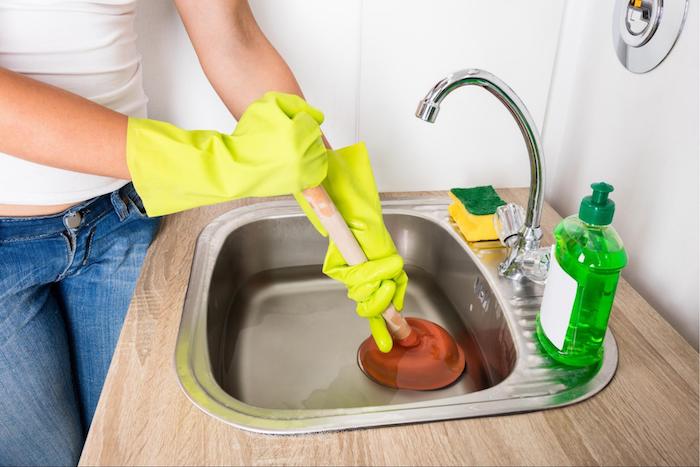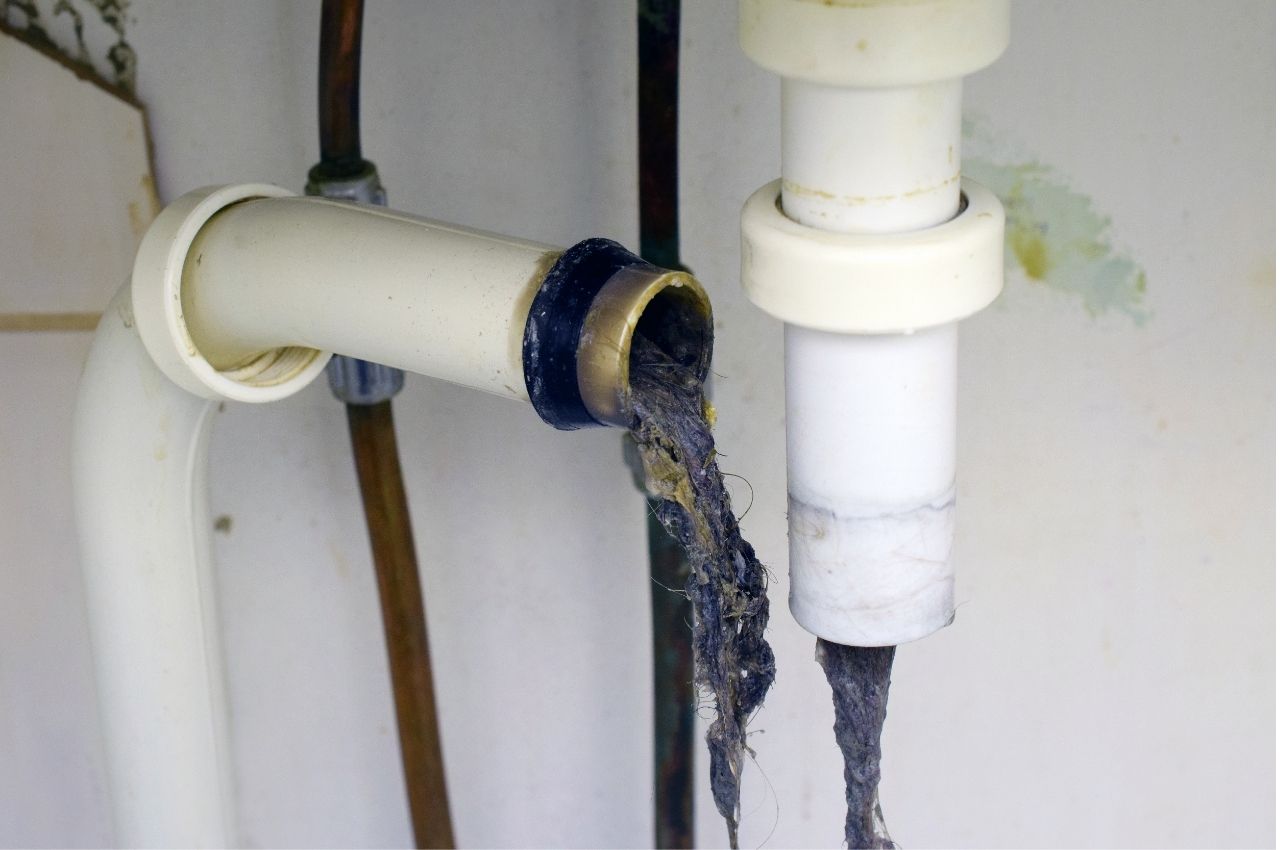The content listed below in relation to Why Is My Sink Not Draining? is indeed interesting. Check it out yourself and decide what you think about it.

It's not regular for your kitchen sink to congest numerous times in one month. If your sink blocks two times a week, there's some problem going on.
An obstructed cooking area drain doesn't simply slow down your tasks, it weakens your entire plumbing system, little by little. Below are some common habits that encourage sink obstructions, as well as just how to prevent them.
You require proper waste disposal
Recycling waste is terrific, however do you take notice of your natural waste also? Your kitchen should have two separate waste boxes; one for recyclable plastics as well as one more for natural waste, which can come to be compost.
Having an assigned trash bag will assist you as well as your household prevent tossing pasta and also various other food residues away. Commonly, these residues soak up dampness and also come to be obstructions.
The fault isn't from your kitchen sink whatsoever
Perhaps the problem isn't from your cooking area sink, yet the entire drainage system. In such a case, you may discover that other sinks as well as drains get blocked every other week. You require an expert plumbing solution to repair this.
You're throwing coffee down the tubes
Used coffee grounds and coffee beans still soak up a substantial quantity of wetness. They may seem tiny adequate to throw down the drainpipe, but as time goes on they start to swell and also use up more space.
Your coffee grounds should enter into natural waste disposal. Whatever fraction escapes (probably while you're washing up) will be taken care of throughout your month-to-month clean-up.
You've been eating a great deal of oily foods
Your kitchen area sink may still obtain obstructed even with organic garbage disposal. This may be because you have a diet regimen abundant in greasy foods like cheeseburgers.
This grease layers the insides of pipes, making them narrower and also even more clog-prone.
Use a plunger
Your pipeline wasn't dealt with appropriately in the first place
If you have actually been doing none of the above, but still obtain routine obstructions in your kitchen area sink, you ought to call a plumber. There may be a problem with just how your pipes were mounted.
While your plumber arrives, look for any leakages or irregularities around your cooking area pipes. Do not attempt to take care of the pipes on your own. This may trigger an accident or a kitchen area flooding.
Somebody attempted to wash their hair in the cooking area sink
There's a right time and also place for whatever. The cooking area sink is just not the ideal area to wash your hair. Cleaning your hair in the kitchen sink will certainly make it block one way or another unless you utilize a drainpipe catcher.
While a drain catcher could catch a lot of the after effects, some hairs may still survive. If you have thick hair, this may suffice to slow down your drain and ultimately create a blockage.
There's even more dirt than your pipelines can handle
If you get fruits straight from a farm, you might notice more cooking area dirt than other individuals that shop from a shopping center. You can conveniently fix this by cleaning up the fruits and also veggies properly prior to bringing them right into the house.You require correct waste disposal
My Kitchen Sink Won’t Drain - What Should I Do?
If Your Sink Has a Garbage Disposal...
Turn on the disposal. If the disposal hums and doesn’t turn, then there’s clog in the disposal unit.
Go to your circuit breaker panel, and switch off the circuit breaker to your garbage disposal.
Back in your kitchen, double-check that your garbage disposal is off by trying to turn it on. The disposal should not move, and it should not make any noise.
Lie down underneath your sink so that you can see and access the bottom of the disposal unit. Look for a hole that looks like the head of a hex-head bolt in the center of the unit.
Place an Allen wrench inside this hole and turn it from side to side until you feel a decrease in resistance and are able to rotate the wrench completely in a single direction. This action rotates your disposal’s blade manually.
Put the wrench aside, and press the disposal unit’s reset button or switch.
Flip your garbage disposal’s circuit breaker switch back on, and turn on the unit to see if the obstruction has cleared. If it hasn’t, repeat the steps above until the obstruction is removed.
How to Unclog a Kitchen Sink Drain
If you have a double bowl sink, seal one side of the sink with an airtight lid or a second plunger before plunging the other side. Otherwise, you won’t be able to create adequate suction.
Place the cup of the plunger completely over the drain opening.
Turn on the faucet, and let the water run until it completely covers the cup of the plunger.
Start plunging by pushing the plunger down and pulling up again in order to build up suction. Make sure that the edges of the plunger stay in contact with your sink, or else you’ll lose the suction.
If you have trouble forming a seal between your sink and plunger, add petroleum jelly to the mouth of your plunger, and try again.
Plunge about five or six times before removing the plunger to see if water starts to drain properly. In some cases, you’ll even be able to feel the clog become dislodged while you plunge because suddenly there will be much less resistance. Repeat the plunging process until the clog clears.
Once water is draining properly again, run hot water down the drain for 5 minutes to help clear away grease, grime, and debris from the clog. https://www.plumbingjoint.com/blog/2019/august/my-kitchen-sink-won-t-drain-what-should-i-do-/

My Kitchen Sink Won’t Drain - What Should I Do?
If Your Sink Has a Garbage Disposal...
How to Unclog a Kitchen Sink Drain
https://www.plumbingjoint.com/blog/2019/august/my-kitchen-sink-won-t-drain-what-should-i-do-/
I recently found that review about Why Is My Sink Not Draining? while scouting around the search engines. In case you liked our post please be sure to pass it around. Thanks a lot for going through it.
Book